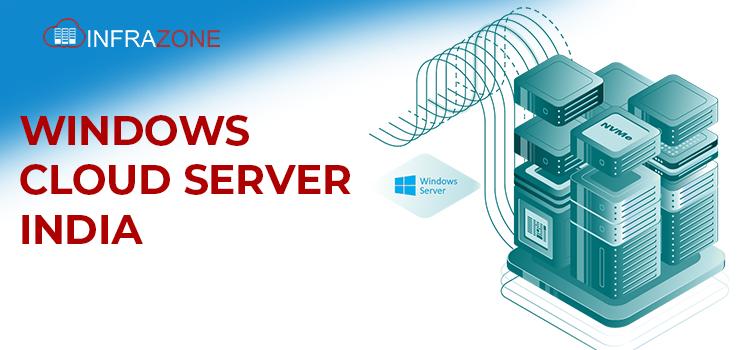
Migrating to a Windows cloud server in India can bring numerous benefits to businesses, including enhanced scalability, improved performance, and increased flexibility. However, the migration process requires careful planning and execution to ensure a smooth transition without disrupting business operations. In this step-by-step guide, we will walk you through the process of migrating to a Windows cloud server India, providing valuable insights and practical tips for a successful migration.
Assess Your Current Infrastructure:
Before initiating the migration process, it’s crucial to assess your current infrastructure. Evaluate your existing hardware, software, and network configurations. Identify any dependencies, applications, or data that need to be migrated and consider the compatibility requirements with the Windows cloud server. This assessment will help you create a comprehensive migration plan.
Choose a Reliable Windows Cloud Server Provider:
Selecting the right Windows cloud server provider is vital for a successful migration. Research reputable providers in India and compare their offerings, pricing, and customer reviews. Consider factors such as server performance, security measures, uptime guarantees, and technical support. Choose a provider that aligns with your business requirements and can support your migration process effectively.
Plan Your Migration Strategy:
Develop a detailed migration strategy outlining the step-by-step process. Define the timeline, milestones, and key deliverables. Determine whether you will perform a full migration or a phased approach. Identify any potential risks or challenges and develop contingency plans to mitigate them. Ensure clear communication channels are established with your team and the cloud server provider.
Set Up the Windows Cloud Server Environment:
Work closely with your chosen cloud server provider to set up the Windows cloud server environment. Provide the necessary information and configurations required for your business, such as server specifications, operating system version, storage requirements, and network settings. Collaborate with the provider’s support team to ensure a seamless setup process.
Data Migration:
One of the critical aspects of the migration process is transferring your data to the Windows cloud server india. Evaluate your data storage requirements and plan the migration accordingly. Depending on the volume of data, you can choose methods such as manual transfer, backup and restore, or utilizing data migration tools provided by the cloud server provider.
Application Migration and Configuration:
If your business relies on specific applications, ensure they are compatible with the Windows cloud server environment. Identify the applications that need to be migrated and determine the best approach for each. Some applications may require reinstallation, while others may need configuration changes. Collaborate with your IT team or application vendors to ensure a seamless transition.
Testing and Validation:
Before going live with the Windows dedicated server, thoroughly test and validate your migrated environment. Test functionality, performance, and compatibility with different devices and browsers. Verify that all data and applications are functioning as expected. Conduct comprehensive testing to identify and address any potential issues or glitches before moving into production.
Cut-Over and Go-Live:
Once you have successfully tested your migrated environment, it’s time to plan the final cut-over and go-live. Coordinate with your team, communicate any necessary downtime or service interruptions to stakeholders, and execute the cut-over according to the migration plan. Monitor the transition closely and address any immediate issues that arise during the go-live process.
Post-Migration Optimization:
After the migration is complete, optimize your Windows cloud server environment for optimal performance. Fine-tune configurations, adjust resource allocations, and implement best practices to maximize efficiency. Monitor the server’s performance and make necessary adjustments as your business needs evolve over time.
Ongoing Maintenance and Support:
Once the migration is finalized, establish an ongoing maintenance and support plan. Regularly update and patch your Windows dedicated server environment. Collaborate with your cloud server provider to ensure proactive monitoring, security measures, and technical support. Stay informed about new features and enhancements that can further optimize your cloud server performance.
Conclusion:
Migrating to a Windows cloud server in India can revolutionize your business operations by leveraging advanced technologies, scalability, and flexibility. By following this step-by-step guide, you can navigate the migration process successfully, minimizing downtime, and ensuring a seamless transition. Remember to plan meticulously, choose a reliable cloud server provider, and collaborate closely with your team to maximize the benefits of your Windows cloud server migration.
